Alochol is a remedy used in biliary pathology.
Indications for use
As part of complex treatment:
- chronic cholecystitis;
- dyskinesia of the gallbladder;
- postcholecystectomy syndrome;
- atonic constipation;
- uncomplicated cholesterosis of the gall bladder.
Composition
- active substances: 1 tablet contains dry galls (in terms of dry matter and quantitative content of cholic acid) – 80 mg, dried garlic powder (Allii sativi bulbi rylvis) – 40 mg, crushed nettle leaves (Urticae Folium) – 5 mg, activated carbon – 25 mg;
- auxiliary substances: microcrystalline cellulose, croscarmellose sodium, colloidal anhydrous silicon dioxide, magnesium stearate; film coating: hypromellose, titanium dioxide (E 171), polyethylene glycol (macrogol, PEG 400, PEG 4000), polyvinyl alcohol, talc, lecithin, quinoline yellow (E 104), indigo carmine (E 132).
Contraindication
- increased sensitivity to the components of the drug;
- acute hepatitis;
- gallstone disease;
- obstructive jaundice;
- spasm of the sphincter of Oddi;
- acute pancreatitis;
- peptic ulcer disease of the stomach and duodenum in the acute stage;
- acute enterocolitis.
Adverse reactions
Manifestations of individual sensitivity to the components of the drug (allergic reactions), diarrhea.
Method of application
Adults use 1-2 tablets 3-4 times a day after meals for 3-4 weeks. Then – 1 tablet 2-3 times a day after meals for 1-2 months.
If necessary, as prescribed by the doctor, repeat the course of treatment 2-3 times with a break of 3 months.
Usually, the first signs of improvement (reduction of pain in the right hypochondrium, disappearance of dyspeptic phenomena) appear 5-8 days after the start of treatment.
Features of application
Use with caution in urolithiasis.
Use during pregnancy or breastfeeding
Use of the drug during pregnancy or breastfeeding is possible only after consulting a doctor who will determine the benefit/risk ratio.
Children
Do not use the drug for children.
The ability to influence the speed of reaction when driving vehicles or other mechanisms
There is no data on the negative effect of the drug on the speed of reaction when driving a motor vehicle or other mechanisms.
Overdose
To date, no cases of overdose have been reported. With long-term use in doses exceeding the recommended, the following symptoms are possible: diarrhea, nausea, itchy skin, and an increase in the level of transaminases in the blood.
Treatment: withdrawal of the drug, symptomatic therapy, there is no specific antidote.
Interaction with other medicinal products and other types of interactions
Simultaneous use of Alochol with:
- choleretics of synthetic or plant origin – increases bile formation;
- laxatives – leads to the elimination of constipation;
- fat-soluble vitamins – contributes to their better absorption;
- antiseptics or chemotherapeutic agents – improves the therapeutic effectiveness of the latter in infectious processes in the liver or biliary tract;
- drugs containing aluminum hydroxide, cholestyramine, colestipol – reduces absorption and reduces the effect of Alochol; their simultaneous reception is impractical.
Storage conditions
In the original packaging at a temperature not higher than 25 °C. Keep out of the reach of children.
Current information
Allohol is a drug that has been sold in our pharmacies for over 50 years. despite the huge selection of drugs in pharmacies over the years, the drug remains popular. Of course, a huge role in this is played by the price and the fact that it belongs to over-the-counter holiday drugs. and yet let’s figure out why it is so popular and whether it is worth treating even such traditional and proven medicines without due caution.
Allochol is a choleretic drug, that is, it increases the secretion of bile. There are also cholekinetics – drugs that increase the contractility of the gallbladder, and cholespasmolytics, that is, drugs that relax the bile ducts during spasm. These groups of drugs are united by the fact that they stimulate bile secretion. In addition, Allochol has a mild anti-inflammatory and antimicrobial effect (D.A. Kharkevich, 2006). Let’s see what causes these effects.
Let’s consider the composition of the drug
Nature is an inexhaustible source of natural remedies for our health. Yes, nettle dioecious (namely its leaves), one of the components of Allochol, has long been used in folk medicine. Nettle has long been known as a remedy for bleeding. It was used as a tonic plant that gives vigor (Sokolov S.Ya., 1993).
It is also considered useful for atherosclerosis. It should be noted separately the use of nettle in cholecystitis, diseases of the digestive tract. Nettles have anti-inflammatory properties. It promotes the restoration of the mucous membrane in patients with the above-mentioned diseases. Acts as a prokinetic agent for both the gall bladder and intestines. Chlorophyll, a large amount of which is contained in the leaves of this plant, is useful for anemia. Nettle is a plant that has a mild choleretic effect. Nettle should not be taken by pregnant women, especially in the late stages, because of its negative effect on the tone of the uterus. Nettle is also dangerous for increased blood coagulation. When bleeding, this plant should be used with caution, this is due to the fact that, without knowing the cause of the disease, you can waste precious time and this will lead to irreversible consequences. Nettle is used in traditional medicine for menstrual cycle disorders (increased blood loss), uterine bleeding. In the postpartum period, under the influence of nettle, the contraction of the uterus increases, the tone and amplitude increase. Previously, this plant was included in the pharmacopoeia of various countries, including European countries, and was very widely used in the treatment of some diseases.
Let’s talk about garlic. The composition of the drug Allohol includes garlic (namely, its extract).
Its bulb contains a little essential oil, which gives it a peculiar smell and causes lacrimation. The main component of the essential oil is diallyl disulfide. Garlic also contains phytoncides and bactericidal substances, garlic contains thiocyanic acid, polysaccharides, iodine, thiamin, ascorbic acid. It is believed that it has an anthelmintic and antisclerotic effect, participates in intestinal disinfection, in folk medicine it is used for diarrhea and dysentery. It is also considered an anti-cancer agent capable of preventing the harmful effects of poisons on the body. Garlic is applied to the sites of wasp, bee and other insect bites. The beneficial effect of garlic is undeniable.
Garlic also enhances the motility of the gastrointestinal tract, stimulates the secretion of bile and other digestive juices.
In folk medicine, garlic is often used for colds, as it is able to thin sputum and facilitate its discharge.
It is known that garlic stimulates the activity of the heart and even expands coronary vessels.
Garlic (preparations that include it) in phytotherapy are prescribed to suppress the processes of rotting in the intestines. It is interesting that allicin (a substance with bactericidal properties, formed during the mechanical destruction of garlic cells) is able to slow down the growth of bacteria even at a dilution of 1:125,000, which allows us to talk about it as an antimicrobial substance. As a bactericidal agent that reduces the severity of inflammatory phenomena, it is used for diseases of the oral cavity and teeth. There are many folk medicine recipes for the use of garlic. However, you should also remember those cases when it should not be used for the treatment of certain diseases.
Garlic cannot be used by patients with stomach ulcers. It can cause exacerbation of gastritis. Garlic should not be used by people who are on hypoglycemic therapy or who use anticoagulants. Garlic juice when used externally, applied to the affected area, can cause irritation and maceration.
The third component of Allochol is dry bile (taurocholic, deoxycholic bile acids). It contains bile acids, which contribute to the emulsification of fats and help the absorption of them and vitamins (fat-soluble) in the intestinal lumen. This component of the drug increases the amount of bile released due to the increase in its production by the hepatocytes of the liver. The bile contained in Allohol increases the content of cholate bile produced by the body, which means that the probability of cholesterol deposition decreases.
The composition of the drug includes activated carbon, it has been known for many years as a sorbent that has soft adsorbing properties and binds toxins. In addition, it reduces intestinal bloating. Sorbents – they are also called local antidotes – are designed to adsorb harmful or poisonous substances and thus prevent them from being absorbed from the gastrointestinal tract. But it is prescribed not only for various poisonings, but also for dyspeptic symptoms or flatulence (flatulence). Previously, it was used even with high acidity.
According to the ATS classification, Allochol belongs to drugs used in biliary pathology. It belongs to choleretics, that is, means that increase the production of bile, which increases its separation (Mostovy Yu.M., 2006). Why does it have a choleretic effect? Drugs of this group are also called true choleretics (Okorokov O.M, 2005). It improves the bile secretory capacity of hepatocytes (liver cells). This drug is able to improve the secretion of bile, reduce inflammation of the biliary tract, and even reduce the likelihood of the formation of sediment in the gallbladder with the formation of cholesterol.
An increase in the flow of bile into the patient’s intestines leads to an improvement in his contractile motor function and a greater secretion of digestive juices. Based on this, the digestion and assimilation of fats, the process of digesting food also improves. The drug prevents the process of fermentation in the intestinal lumen, reduces its swelling. Due to the increase in the flow of secretion through the biliary tract, Allohol and other drugs of the group of true choleretics prevent the occurrence of ascending infection and the spread of inflammatory phenomena. The active ingredients are selected in such a way that their therapeutic effects are mutually reinforcing and complementary.
What is the doctor guided by when choosing which choleretic should be prescribed to a specific patient in a specific situation? After all, even if you were prescribed this drug once, the next time it may not help and may even harm. The first factor, of course, is the phase of the disease – exacerbation or remission. Also, when using choleretic for, say, cholecystitis, it is necessary to pay attention to concomitant diseases, for example, hypotonic or hypertensive dyskinesia. At the beginning of an exacerbation of chronic cholecystitis, antispasmodic choleretics can be prescribed, after its elimination, choleretic drugs that have an antimicrobial or anti-inflammatory effect in their spectrum of action. Sometimes drugs can be prescribed together, and not sequentially. Closer to the end of the course of treatment, other drugs may be prescribed, and when the tone of the bile ducts decreases, the choice will be stopped at cholecystokinetic drugs.
Pharmacokinetics
The process of absorption of the active substances of the drug Allohol occurs in the intestine, then it is partially reabsorbed. Excretion occurs with feces.
Indication
Among the pathological conditions that may require inclusion in the treatment regimen of Allochol, the following should be mentioned. This is chronic cholecystitis. Dyskinesia of the biliary tract of various degrees without spasm of the sphincter of Oddi. Allohol can also be used in patients with a removed gall bladder for the treatment of defecation disorders that develop after surgery and poor digestion of food. In the therapy of constipation associated with a decrease in intestinal tone and cholesterosis of the gall bladder (GLL), when cholesterol and other lipids accumulate in its wall.
Allochol should not be used:
- if there is hypersensitivity to any of the components of the drug (even if such a reaction occurred a long time ago, the drug that caused it should not be prescribed);
- hepatitis of any etiology;
- cholelithiasis (gallstone disease);
- mechanical or subhepatic jaundice;
- in the case when the sphincter of Oddi is spasmed, the evacuation of bile is disturbed, and an increase in its amount leads to increased pain and other unpleasant consequences;
- with acute pancreatitis;
- during an exacerbation of peptic ulcer disease of the stomach and duodenum (it should be remembered that the active substances of Allochol lead to an increase in the secretion of digestive glands);
- with acute enterocolitis.
Combined appointment with other drugs
Combined use with other drugs of the choleretics group causes a synergistic effect and the effect of Allochol itself is enhanced. Combined use of the drug with laxative drugs – eliminates constipation (constipation). With the simultaneous use of Allochol and fat-soluble vitamins, their (vitamins) absorption in the human body is best. Also, the effect of antibacterial agents increases when they are prescribed together for the therapy of pathology that arose in the biliary tract or liver (microbial in nature). Allochol should not be used with drugs that contain aluminum and with sorbents, as they reduce its absorption.
Reservation
During pregnancy or breastfeeding, Allohol can be prescribed only by a doctor, if the possible benefit to the mother outweighs the potential risk to the child/fetus. Allochol is prescribed with caution in urolithiasis (stones in the urinary bladder, kidneys). At the same time, the drug can be taken by car drivers, persons who operate various mechanisms. It does not cause retardation of reactions.
Method of application. Doses
Adults are usually prescribed Allohol 1-2 tablets 3-4 times a day after meals; the course of treatment is 1 month. If the main symptoms of the disease have been eliminated, it is recommended to take the medicine in a lower dose for 1-2 months, namely 1 tablet 2-3 times a day after meals. However, a 2-month course of treatment can also be immediately prescribed (Okorokov O.M., 2005). The course of treatment can be repeated several times a year, taking a break of 3 months between them.
Overdose
When used in high doses prescribed by a doctor for a long period of time, symptoms of abdominal discomfort, nausea, diarrhea, and skin itching are possible. An increase in ALT and AST may be detected during laboratory tests. Actions in such cases: stop taking the drug; take a sorbent.
Adverse reactions
Allergic reactions may develop, especially in people prone to them.
Therefore, Allohol occupies its niche in the complex treatment of diseases of the biliary tract, which is also a relatively inexpensive drug (the amount of money spent on the course of treatment). It should be noted once again that Allohol belongs to over-the-counter drugs, but remember that self-medication is unacceptable and you should consult a doctor.

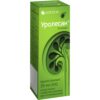
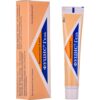

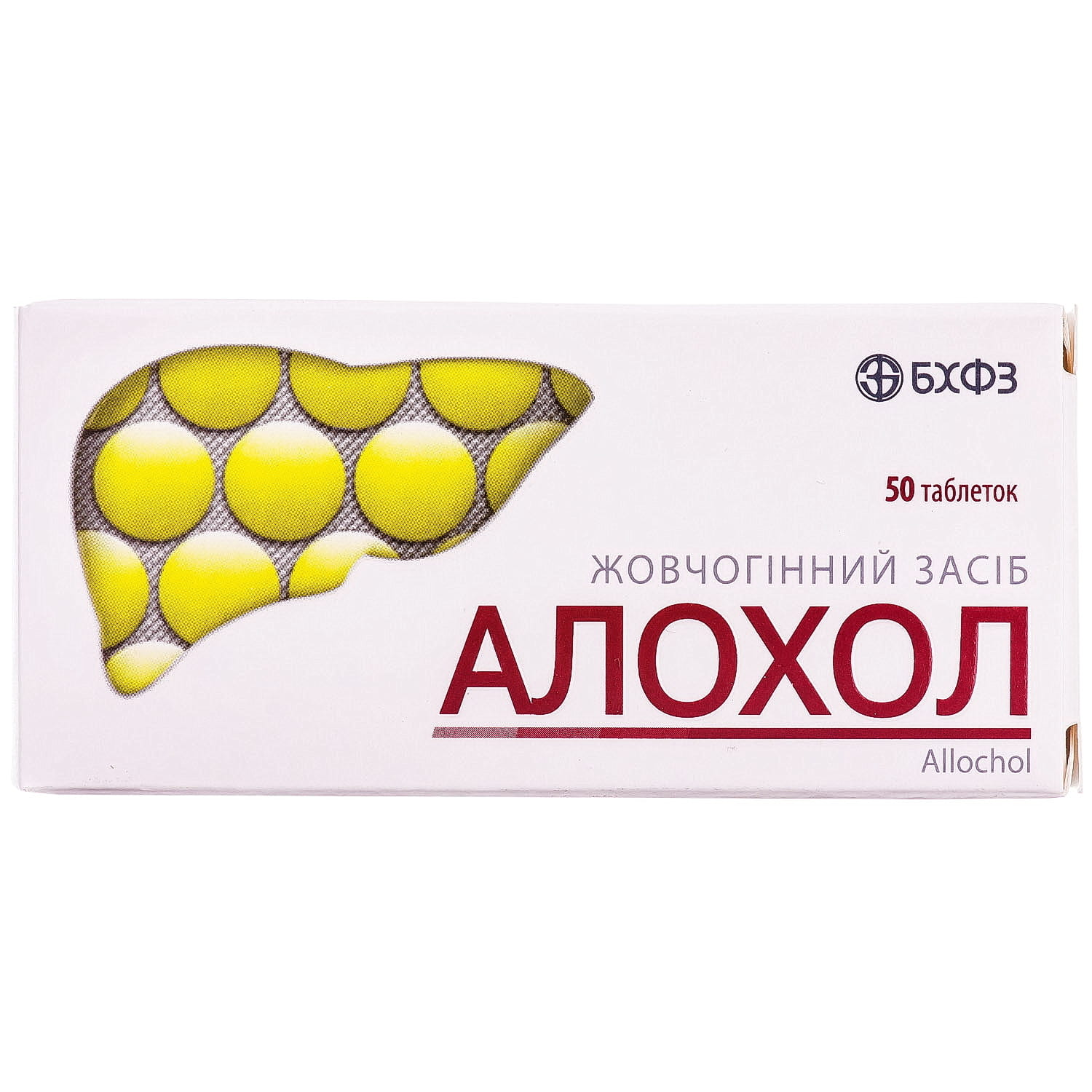
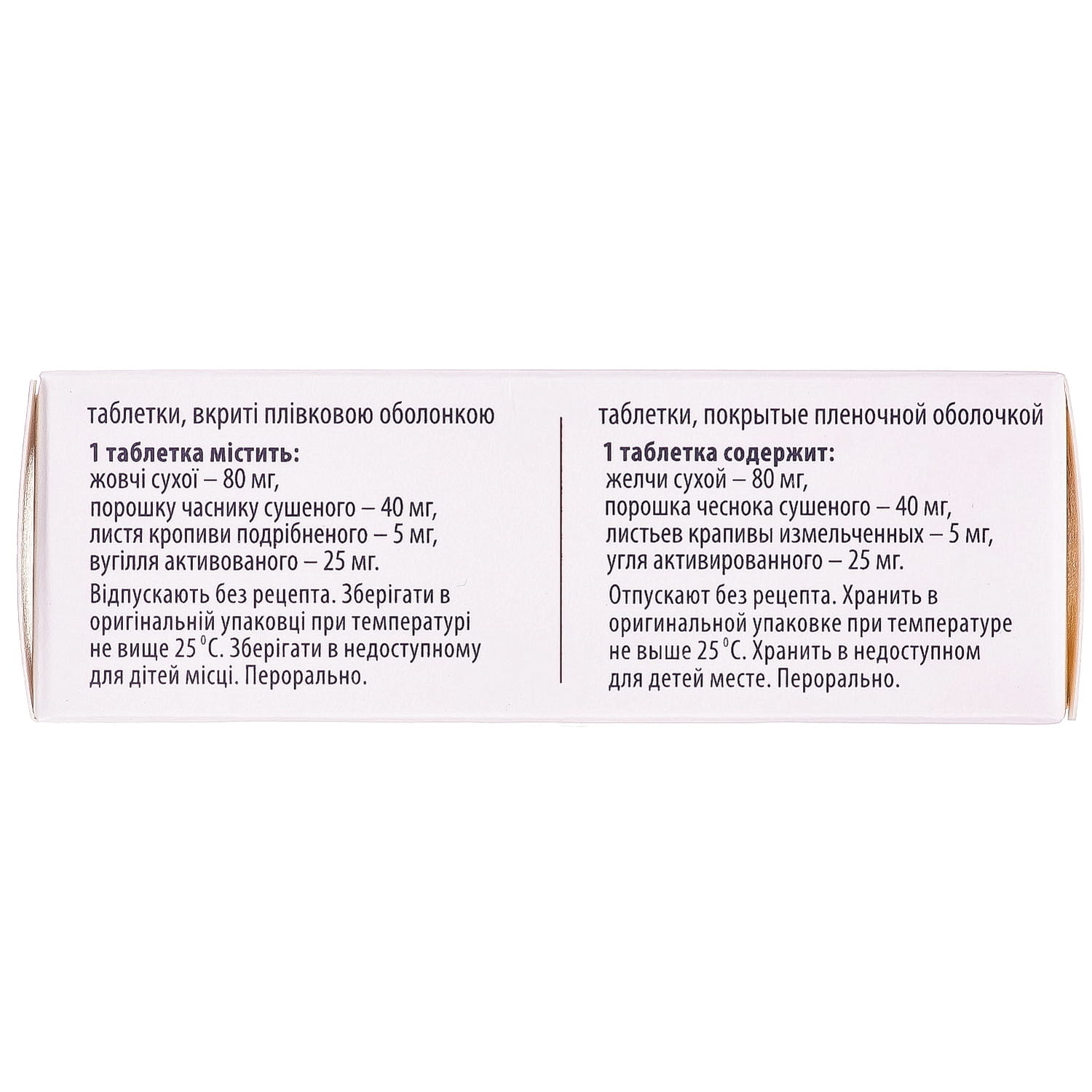

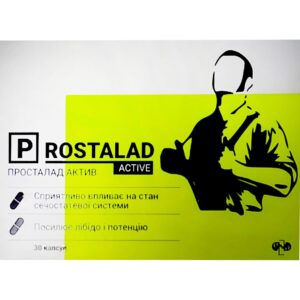
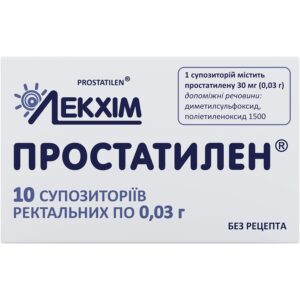
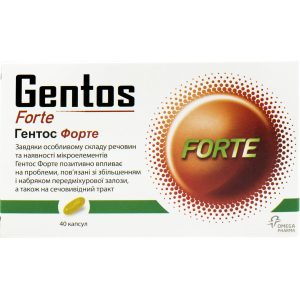
Reviews
There are no reviews yet.